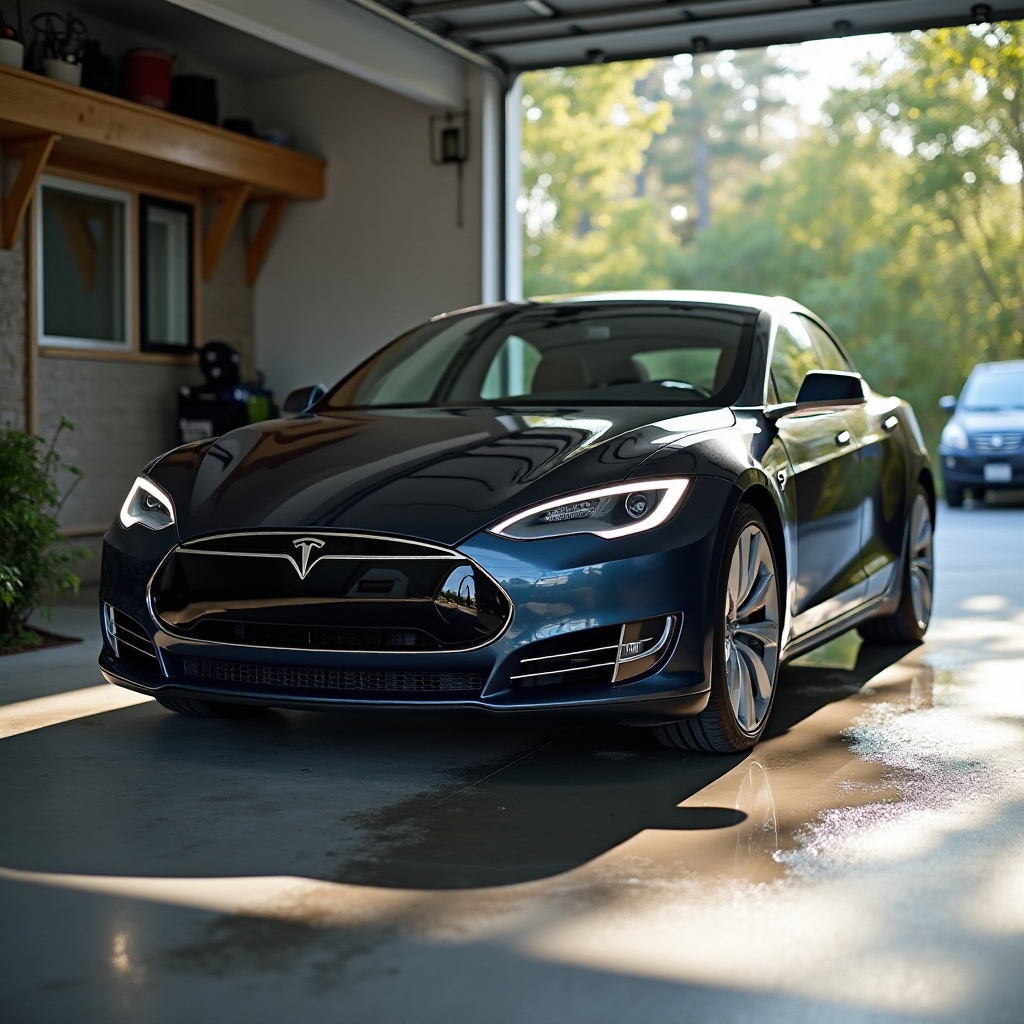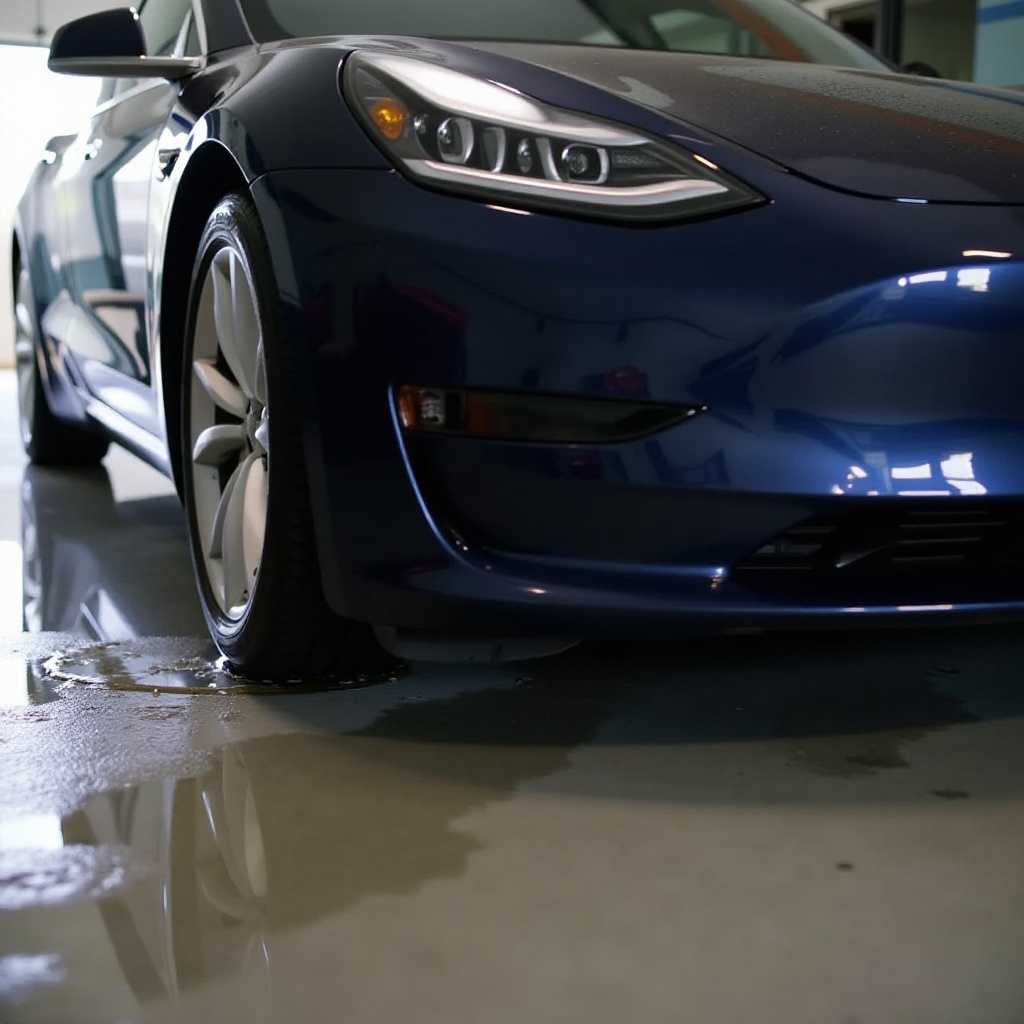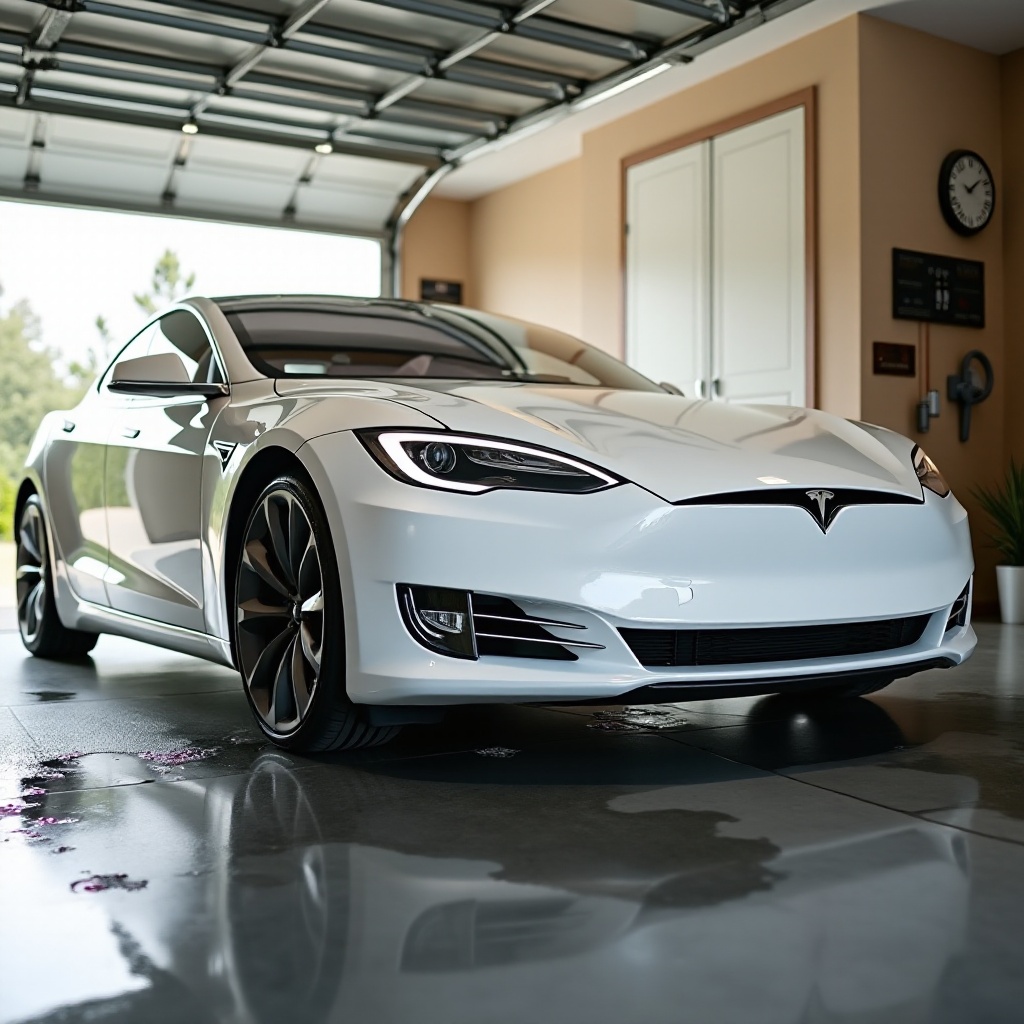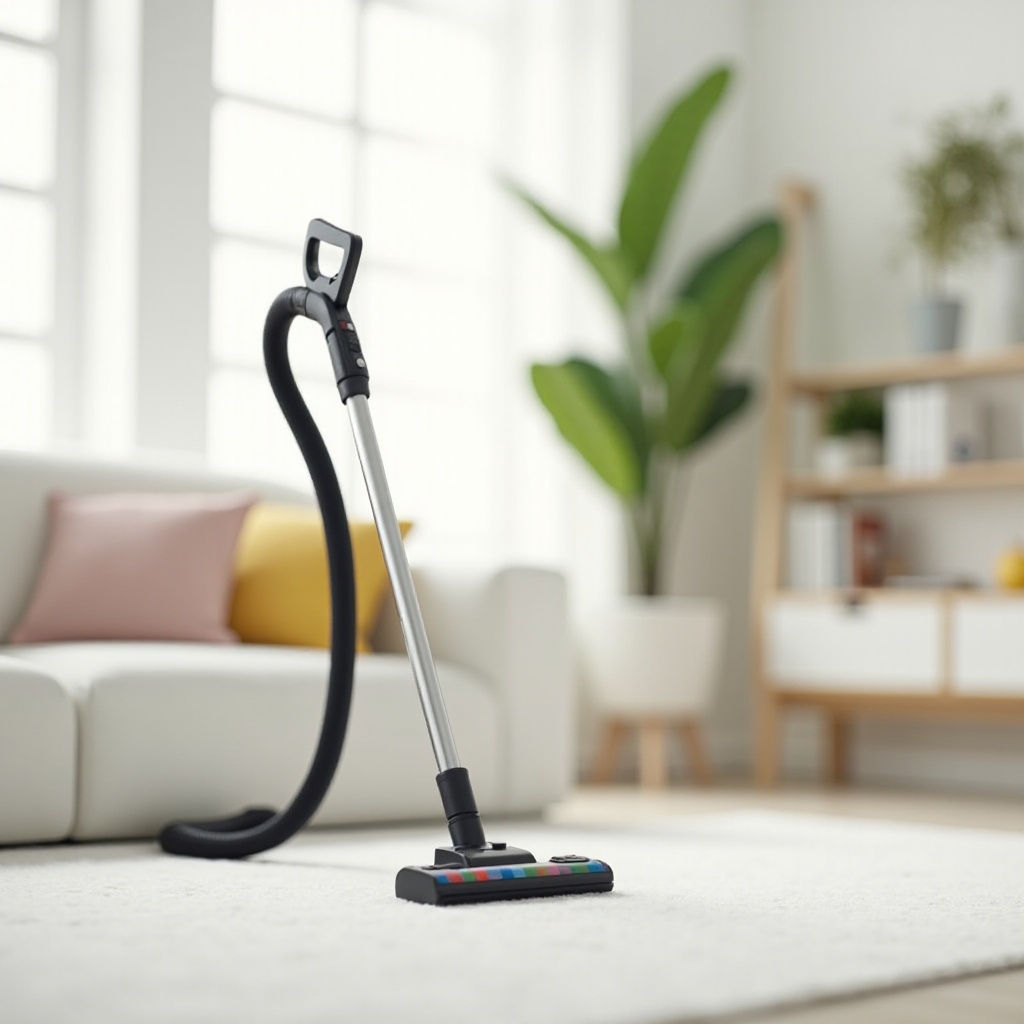Introduction
Experiencing water leaks in your Tesla can be concerning. These leaks, often found underneath the vehicle, can be caused by various issues that need prompt attention. Understanding the causes, identifying the signs, and knowing how to fix these leaks are essential for maintaining your Tesla’s performance and longevity. This guide provides a comprehensive overview of how to address and prevent water leaks in your Tesla.

Common Causes of Water Leaks in Teslas
Water leaks under a Tesla can stem from multiple sources. Some common causes include:
- Air Conditioning System: Condensation can accumulate from the air conditioning system, leading to harmless water drips.
- Battery Cooling System: Issues in the cooling system could result in leaks under the car.
- Sunroof or Window Seals: Faulty seals around the sunroof or windows may allow water to seep into the vehicle.
- Sensor or Antenna Seals: Poorly sealed sensors or antennas can also be potential entry points for water.
Being aware of these common causes helps you proactively check and address any potential issues, ensuring your Tesla runs smoothly.
Identifying Water Leaks: Signs and Symptoms
Spotting a water leak early can prevent more significant issues down the line. Look for these common signs and symptoms:
- Puddles Under the Car: If you observe puddles forming underneath your Tesla, it indicates a potential leak.
- Interior Dampness: Moisture within the cabin, particularly around the footwells and under seats, could signal a leaking issue.
- Musty Odor: A persistent musty smell inside the vehicle often indicates mold growth resulting from water leaks.
- Dashboard Alerts: Some newer Tesla models provide alerts about potential water issues within the vehicle systems.
Recognizing these symptoms promptly allows you to take swift action and avoid long-term damage.

Diagnosing the Source of the Leak
Once you identify signs of a water leak, diagnosing the source is crucial for effective repairs. Follow these steps to locate the origin of the leak:
- Visual Inspection: Start with a thorough visual inspection underneath the vehicle, around seals, and in the interior. Check for visible water accumulation or damp spots.
- Check Seals: Examine seals around windows, the sunroof, doors, and sensors to see if they are intact and tightly fitted.
- Inspect the A/C System: Ensure the air conditioning system isn’t producing excessive water. Normal condensation is acceptable, but large puddles are not.
- Examine the Battery Cooling System: When dealing with battery-related leaks, professional help may be required. Observe any unusual liquid around the battery pack.
By systematically inspecting these areas, you can pinpoint the leak’s source and determine the next appropriate steps.
Steps to Fix Water Leaks in Your Tesla
Addressing water leaks promptly is critical for your vehicle’s health. Consider these options for fixing leaks:
DIY Fixes
- Tighten Seals: If the leak is from the sunroof, windows, or door seals, try tightening or replacing the seals. This task is relatively simple and can prevent water ingress.
- Unclog Drains: With the air conditioning system, ensure the drainage pipes are not clogged. Cleaning these pipes can resolve minor leakage issues.
- Check for Blockages: Investigate the undercarriage for any debris that could be causing the leak. Remove any blockages to allow proper drainage.
These DIY methods may solve minor leaks, but some situations may require professional intervention.
When to Call a Professional
Certain leaks, particularly those involving the battery pack or intricate vehicle systems, require professional expertise:
- Battery Cooling System Issues: Seek professional assistance if you suspect issues with the battery cooling system. These components are complex and potentially hazardous.
- Persistent Leaks: If DIY fixes don’t resolve the issue, a Tesla-certified technician can provide a thorough diagnosis and repair.
- Warranty Concerns: If your Tesla is under warranty, it’s best to have any water leak issues addressed by certified professionals to avoid voiding your warranty.
Professional help ensures that the problem is accurately diagnosed and appropriately fixed, safeguarding your investment.

Preventative Measures for Future Leaks
Preventing water leaks is more beneficial than dealing with them after they occur. Implement these measures for future protection:
- Regular Inspections: Routinely check seals around windows, the sunroof, and doors for wear and tear.
- Professional Maintenance: Regular servicing by a Tesla-certified technician can identify potential issues before they become major problems.
- Keep Drains Clear: Ensure the air conditioning drain tubes are not clogged to prevent accumulation and overflow of condensation.
Adopting these preventive measures can help you maintain your Tesla in optimal condition and avoid water leak issues.
Conclusion
Water leaks in your Tesla may seem daunting, but identifying the signs and understanding the causes can lead to effective solutions. Whether opting for a DIY approach or consulting a professional, addressing water leaks promptly ensures your vehicle remains in peak condition. Consistent maintenance and preventative measures contribute to a seamless Tesla driving experience for years to come.
Frequently Asked Questions
What should I do if my Tesla is leaking water underneath?
Identify the leak’s source through inspection. Tighten seals or clear clogs if possible. For persistent issues, seek professional help.
How much does it cost to repair a water leak in a Tesla?
Repair costs vary based on the leak’s severity and source. Minor fixes may cost little, while significant repairs involving the cooling system or battery may incur higher expenses.
Are water leaks covered under Tesla warranty?
Water leaks might be covered if stemming from a manufacturing defect. Consult your warranty details and contact Tesla for coverage verification.


